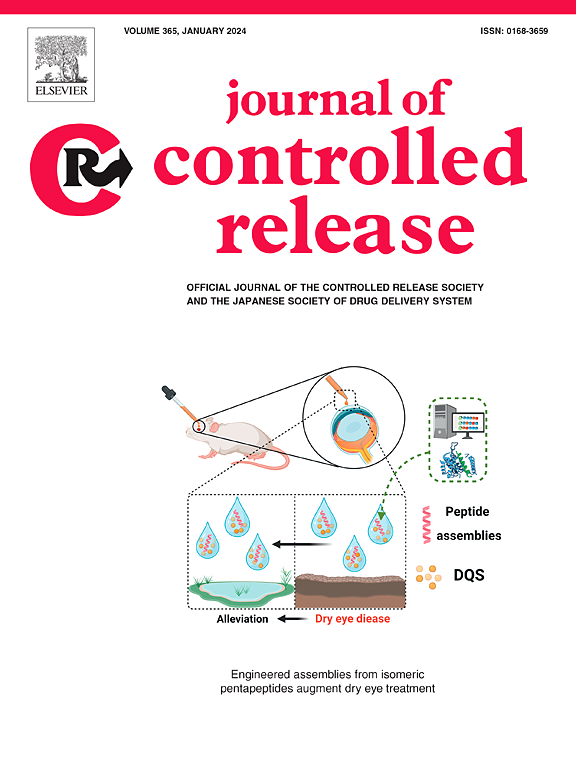It's not right, it's not even wrong
IF 10.5
1区 医学
Q1 CHEMISTRY, MULTIDISCIPLINARY
引用次数: 0
Abstract
Standard advice for new university graduates is to embrace failure. If you don't fail, you aren't pushing the boundaries. The title of this work, originally presented at a symposium at the 2024 World Biomaterials Congress in Daegu, South Korea. “Learning from Successful Failures in Tissue Engineering & Regenerative Medicine”, is a quote from Wolfgang Pauli, upon hearing a scientific presentation that disappointed him because it didn't even point to a better answer – it wasn't even wrong.
Often our scientific contributions are incomplete or go only so far before they run up against unforeseen obstacles. We tried to immobilize heparin to a polyvinyl alcohol hydrogel to prepare a nonthrombogenic material but we didn't appreciate the consequences of non-adherent platelet contacts on material compatibility. We tried to microencapsulate mammalian cells and particularly pancreatic isles in acrylate-based hydrogels but we couldn't actually isolate cells from the immune system: antigens were released from the cells and that triggered a host response which killed the cells. However, that failure, lead us to a different polyacrylate that caused blood vessels to grow without growth factors. Now we use that material as an injectable gel to vascularize the subcutaneous space to permit pancreatic islet engraftment and restoration of normoglycemia – a good example of a successful failure.


求助全文
约1分钟内获得全文
求助全文
来源期刊

Journal of Controlled Release
医学-化学综合
CiteScore
18.50
自引率
5.60%
发文量
700
审稿时长
39 days
期刊介绍:
The Journal of Controlled Release (JCR) proudly serves as the Official Journal of the Controlled Release Society and the Japan Society of Drug Delivery System.
Dedicated to the broad field of delivery science and technology, JCR publishes high-quality research articles covering drug delivery systems and all facets of formulations. This includes the physicochemical and biological properties of drugs, design and characterization of dosage forms, release mechanisms, in vivo testing, and formulation research and development across pharmaceutical, diagnostic, agricultural, environmental, cosmetic, and food industries.
Priority is given to manuscripts that contribute to the fundamental understanding of principles or demonstrate the advantages of novel technologies in terms of safety and efficacy over current clinical standards. JCR strives to be a leading platform for advancements in delivery science and technology.
 求助内容:
求助内容: 应助结果提醒方式:
应助结果提醒方式:


